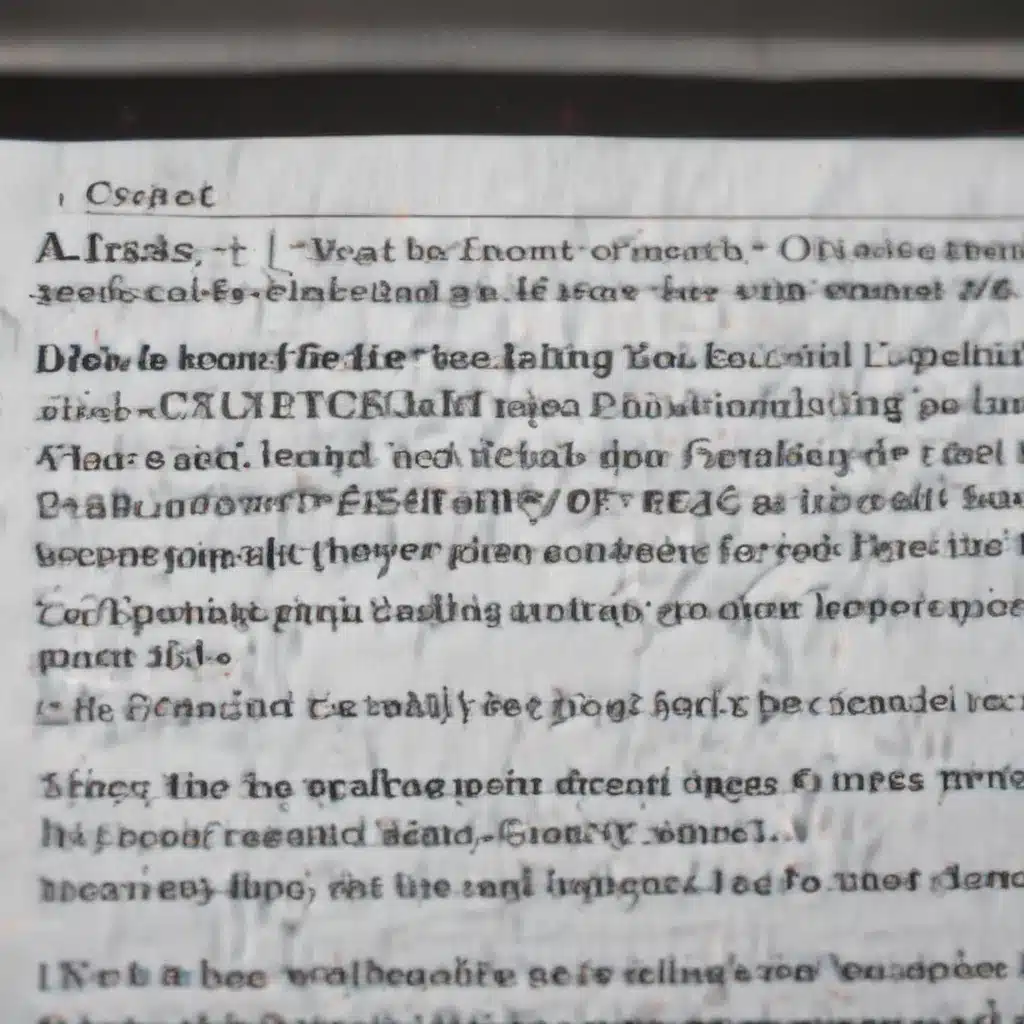
Too Long; Didn’t Read: Optimizing Content Length for Scannability
I’ll admit it – I have a pretty short attention span. When it comes to things like listening to a speaker or sitting through a service, my mind tends to wander if it goes on for too long. It’s probably from all those years of sitting through hours-long sermons as a kid, bored out of my mind because I couldn’t hear a word the pastor was saying.
An hour to a 5-year-old feels like an entire day. Now imagine sitting through a 3 or 4 hour service with no books, no toys, nothing to keep you engaged. When my father passed away, I had to attend short services for him a few times a week for almost a year. I was able to follow those much better – and the best part was, no long-winded sermons!
So when I show up for a presentation or service that’s going to drag on for hours, my mind instantly starts to drift. I’ll tune in here and there, but for the most part, I just end up tuning out. Family members might try to help keep me focused, but it’s a constant struggle.
On the flip side, if it’s a short service or presentation, I’m all in. I can follow along, pick up the key points, and actually feel like I got something valuable out of it. With longer content, my eyes tend to glaze over. I might try to skim through, but I usually just end up closing the tab and moving on.
I know I’m not alone in this. Many studies have shown that the average reader’s attention span is decreasing, with most people only able to focus for about 8 seconds these days. Even with all the formatting tricks like headers, bullet points, and the like, long-form content of 3,000 words or more can still be a real struggle to get through.
In fact, research has shown that the average visitor to a website only makes it about halfway through a long article before tuning out. That’s if they even make it that far – a lot of people will hit the back button as soon as they see a massive wall of text.
The search engines may love those epic, 4,500 word blog posts, but for the average reader, that’s just way too much to digest. I find myself much more likely to read, remember, and share content that’s in the 600-1,200 word range. Anything longer than that, and it just starts to feel like a chore.
Don’t get me wrong, I know there’s value in long-form, in-depth content. A well-written, comprehensive guide can be incredibly useful. But it’s important to strike the right balance. Break that guide up into multiple shorter blog posts. Or publish it as a downloadable resource that readers can reference later.
The key is to know your audience and give them what they’re looking for, without overwhelming them. Focus on saying what you need to say, and don’t try to stuff in extra fluff just for the sake of hitting some arbitrary word count target.
And for goodness’ sake, actually live up to your headline! Nothing frustrates me more than clicking on a “how-to” article, only to have to wade through a bunch of irrelevant background and statistics before I even get to the actual steps.
At the end of the day, the length of your content should be dictated by your audience and their needs, not some misguided SEO strategy. Keep it scannable, keep it engaging, and keep it true to your promise. That’s the real secret to creating content that keeps people coming back for more.
So what do you think – are you Team Long-Form or Team Scannable? I’d love to hear your thoughts in the comments below. And if you’d like to learn more about how an SEO agency like ours can help you optimize your content for maximum impact, be sure to check out our website. We’re always here to help!



























